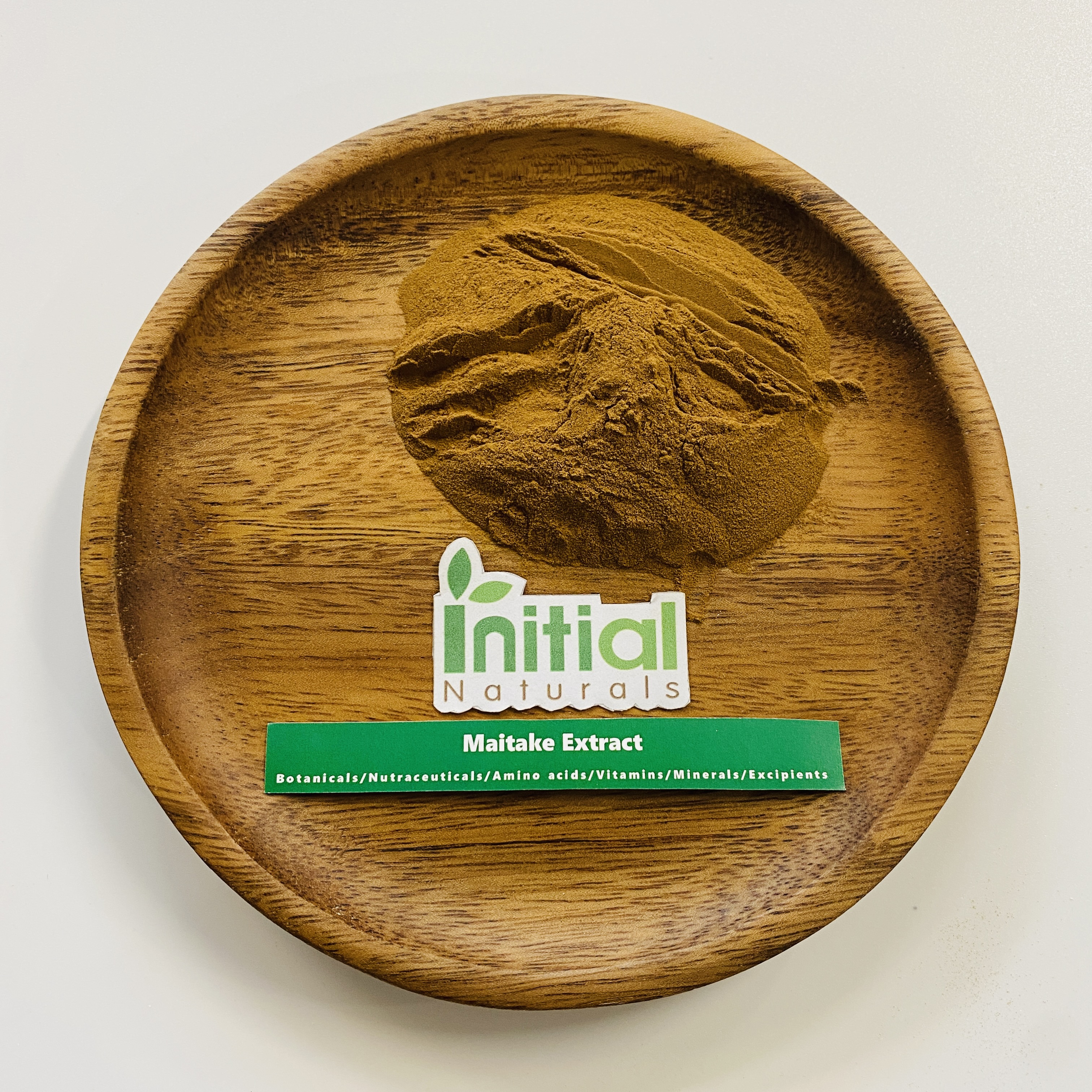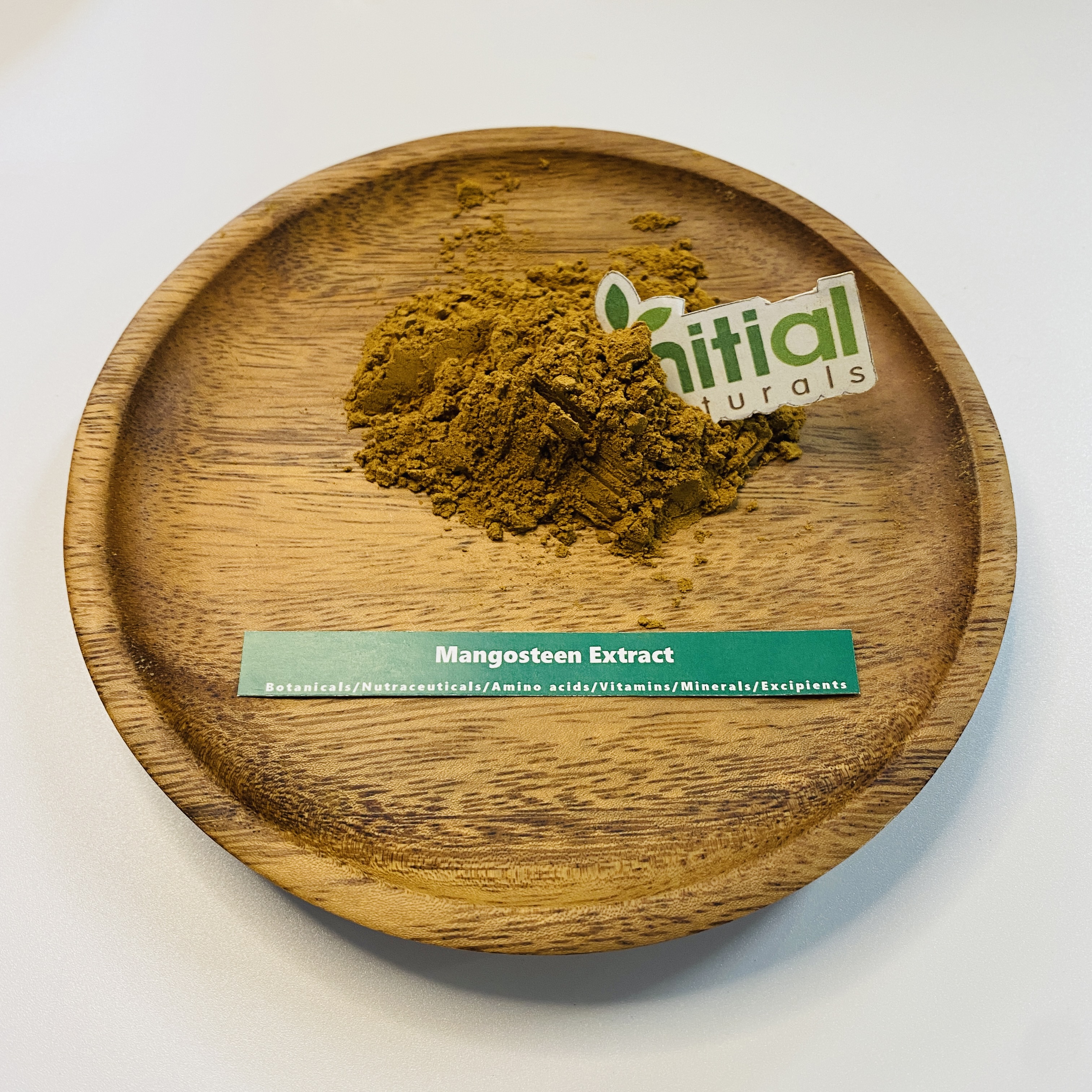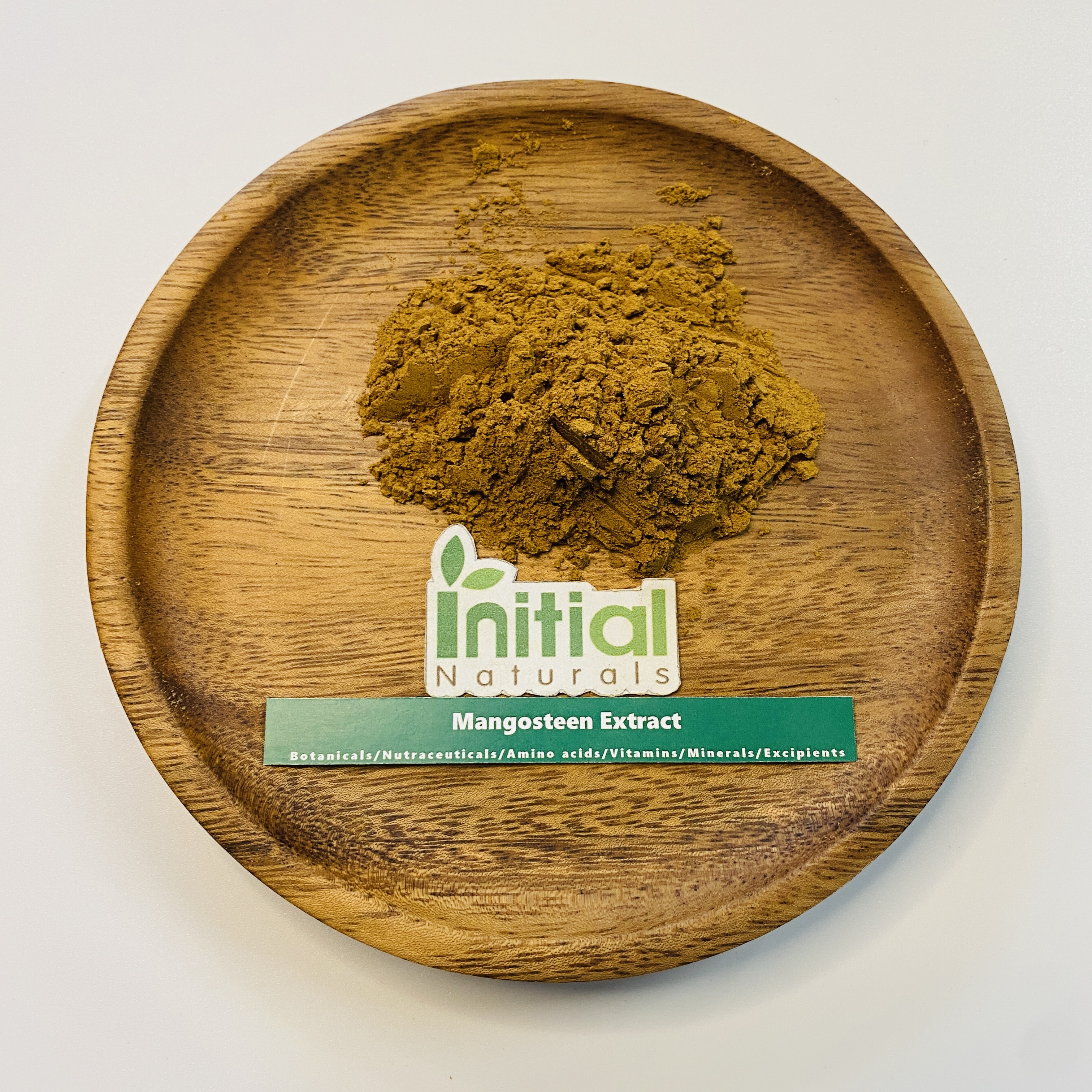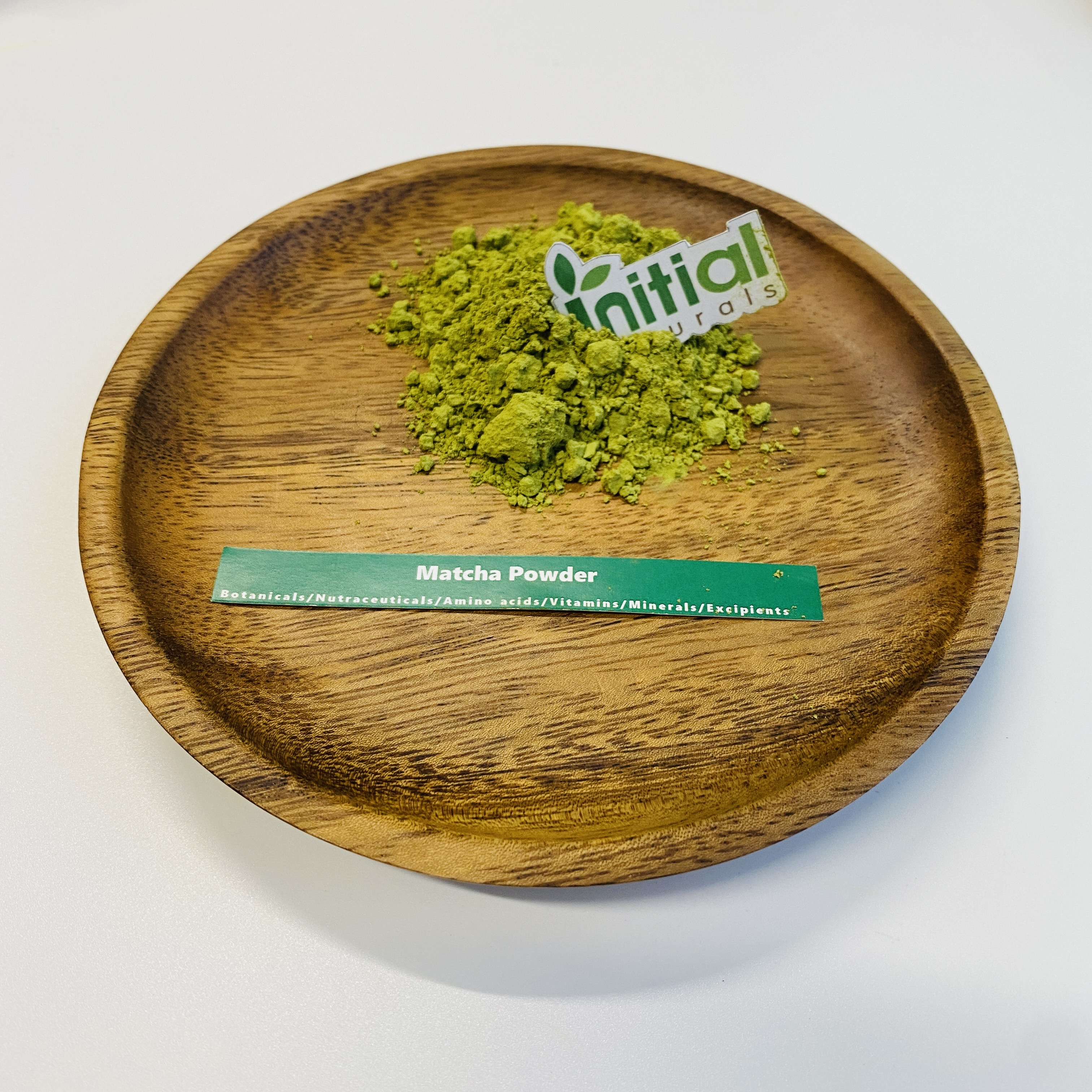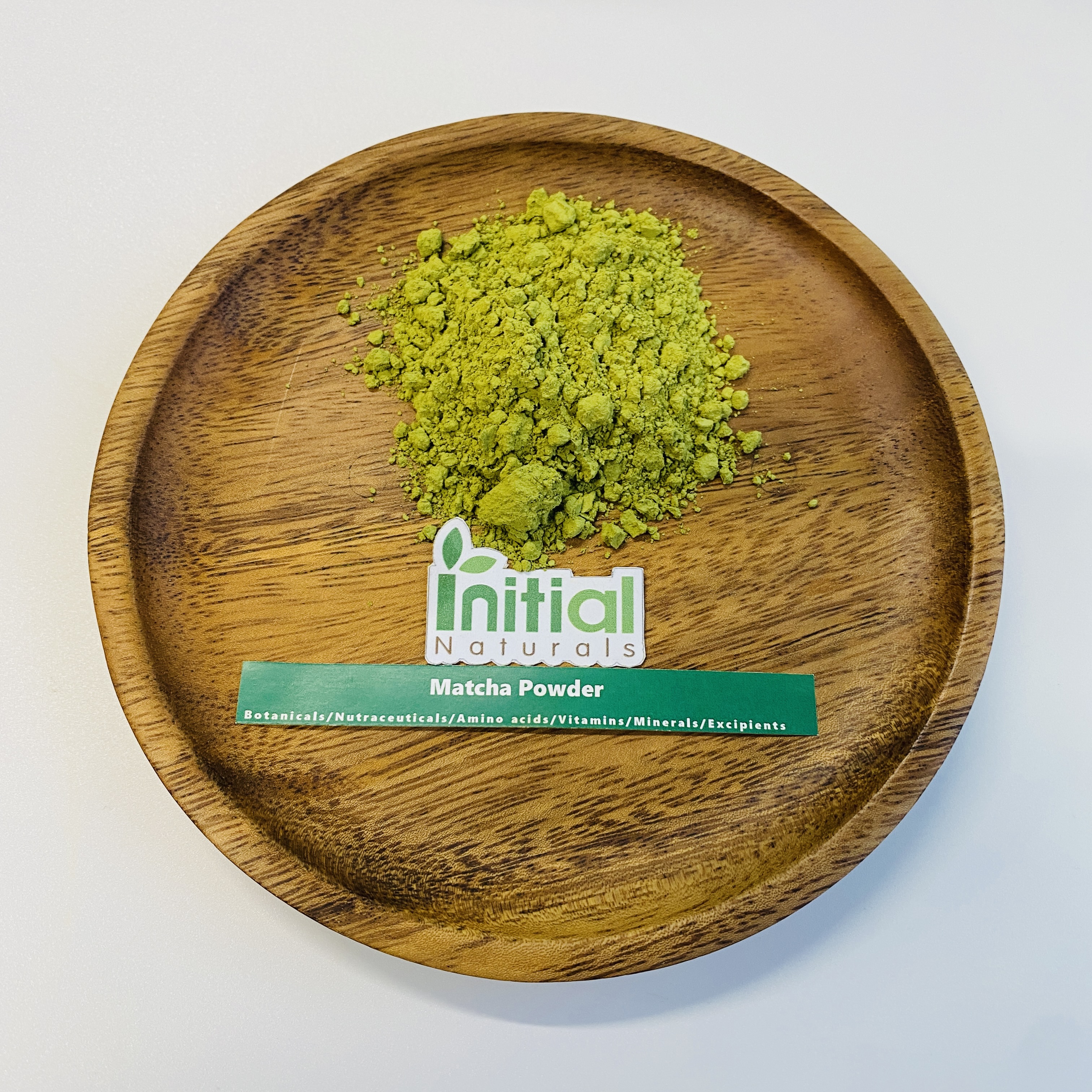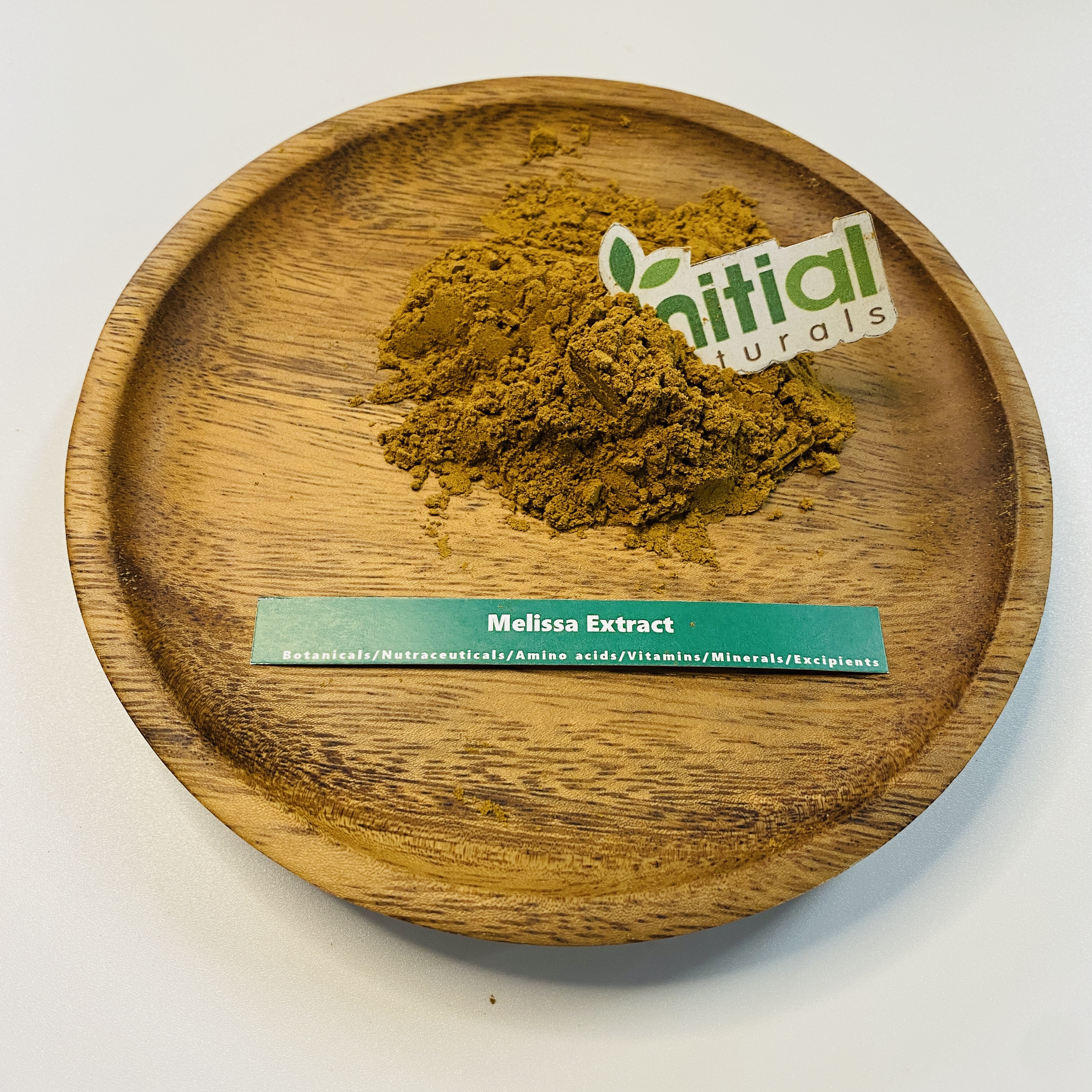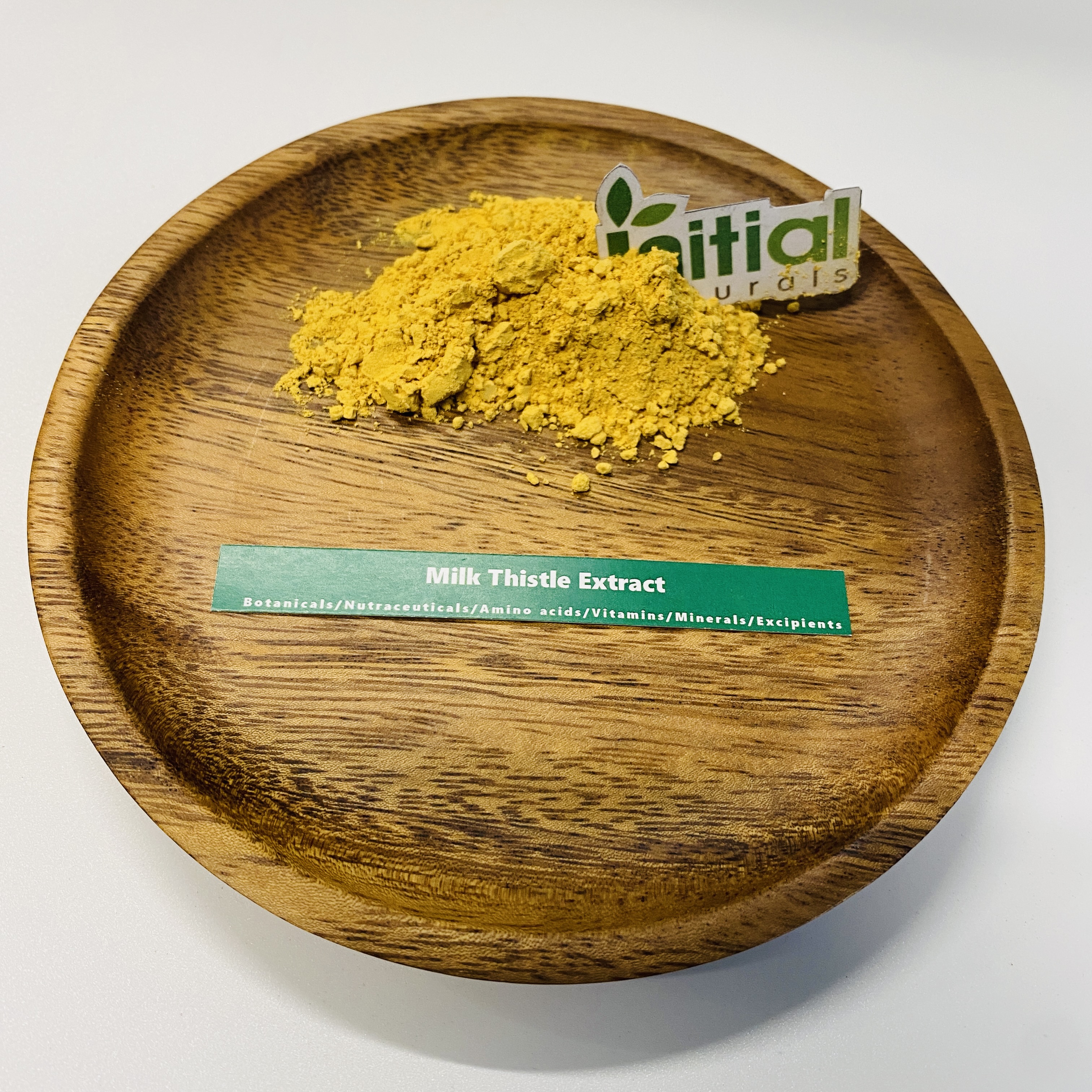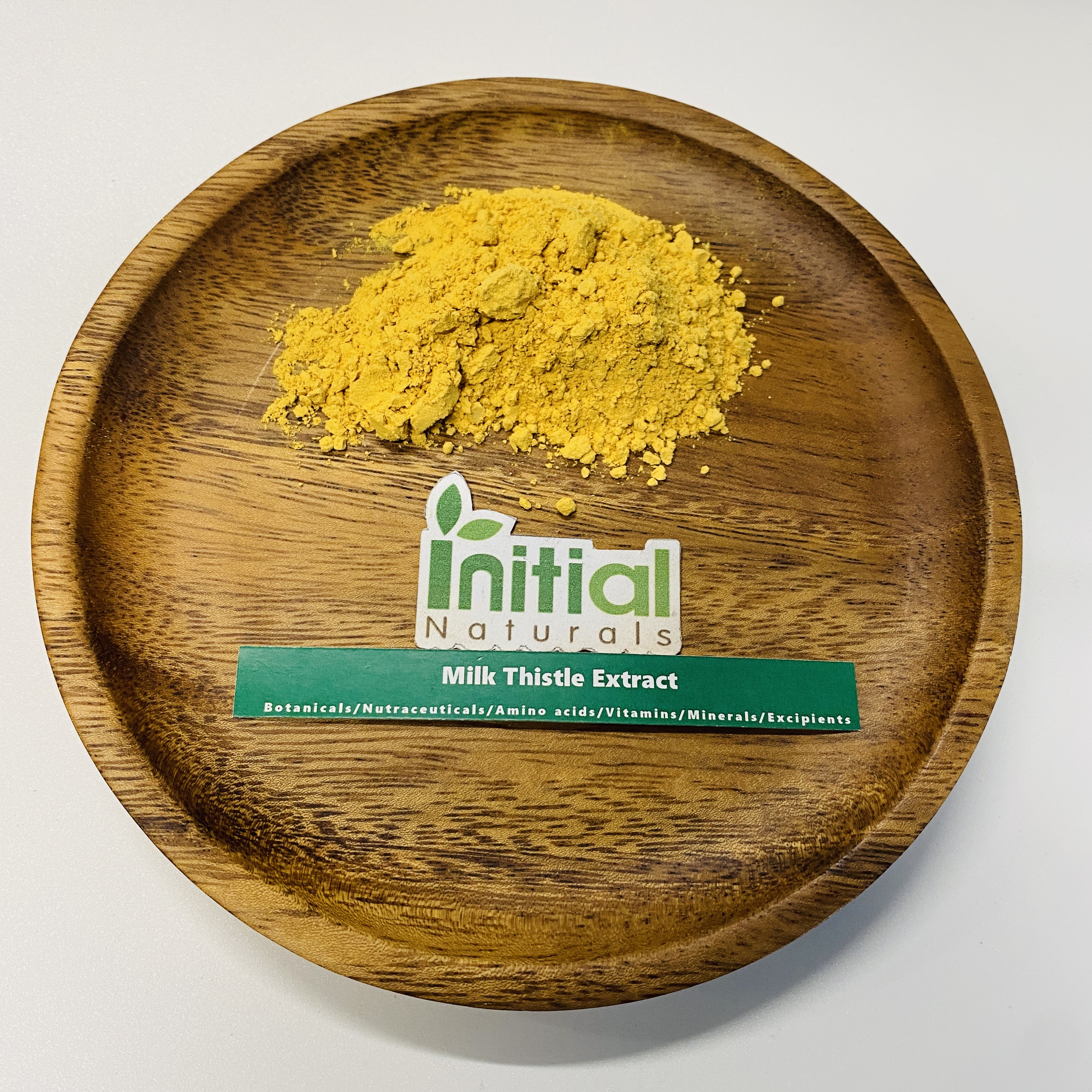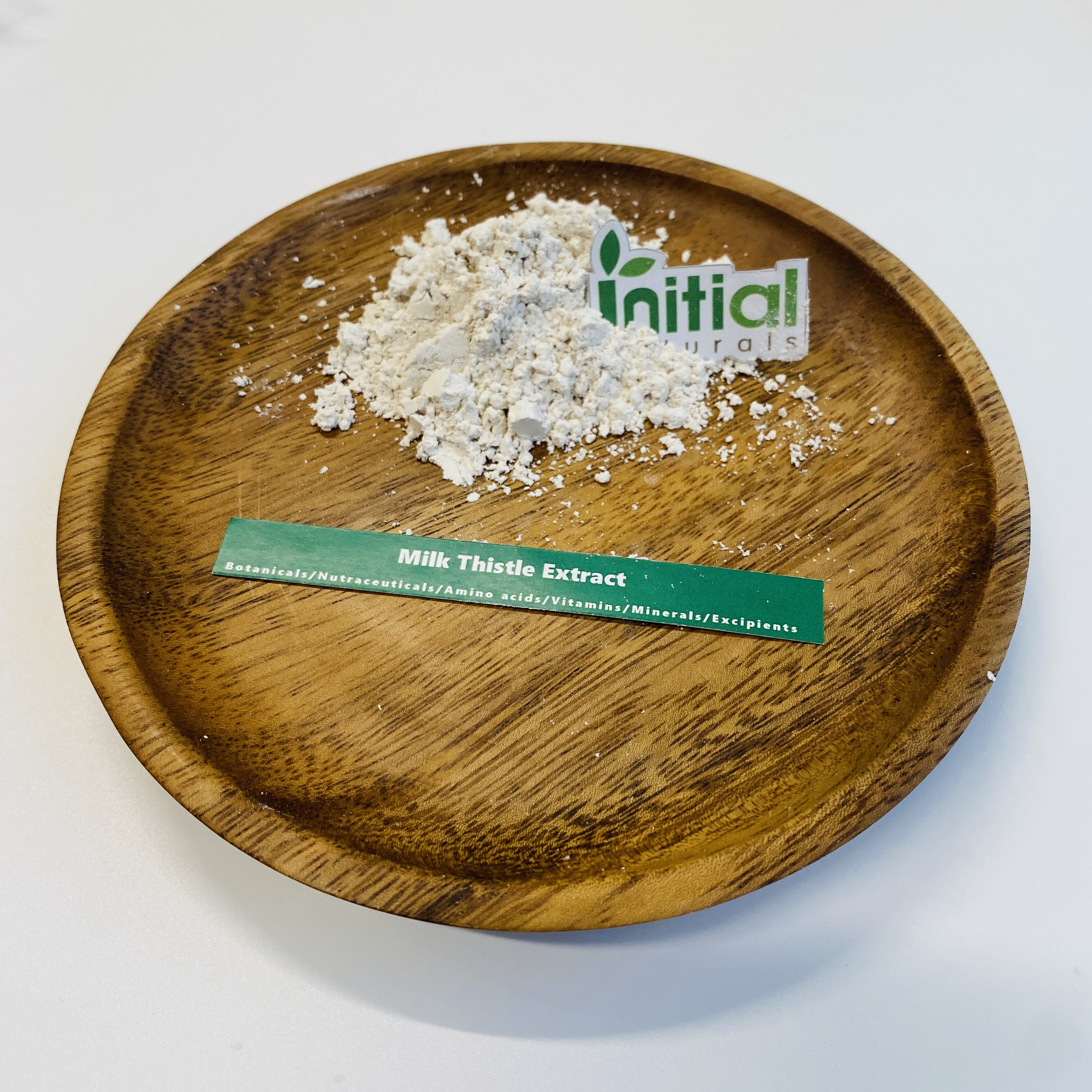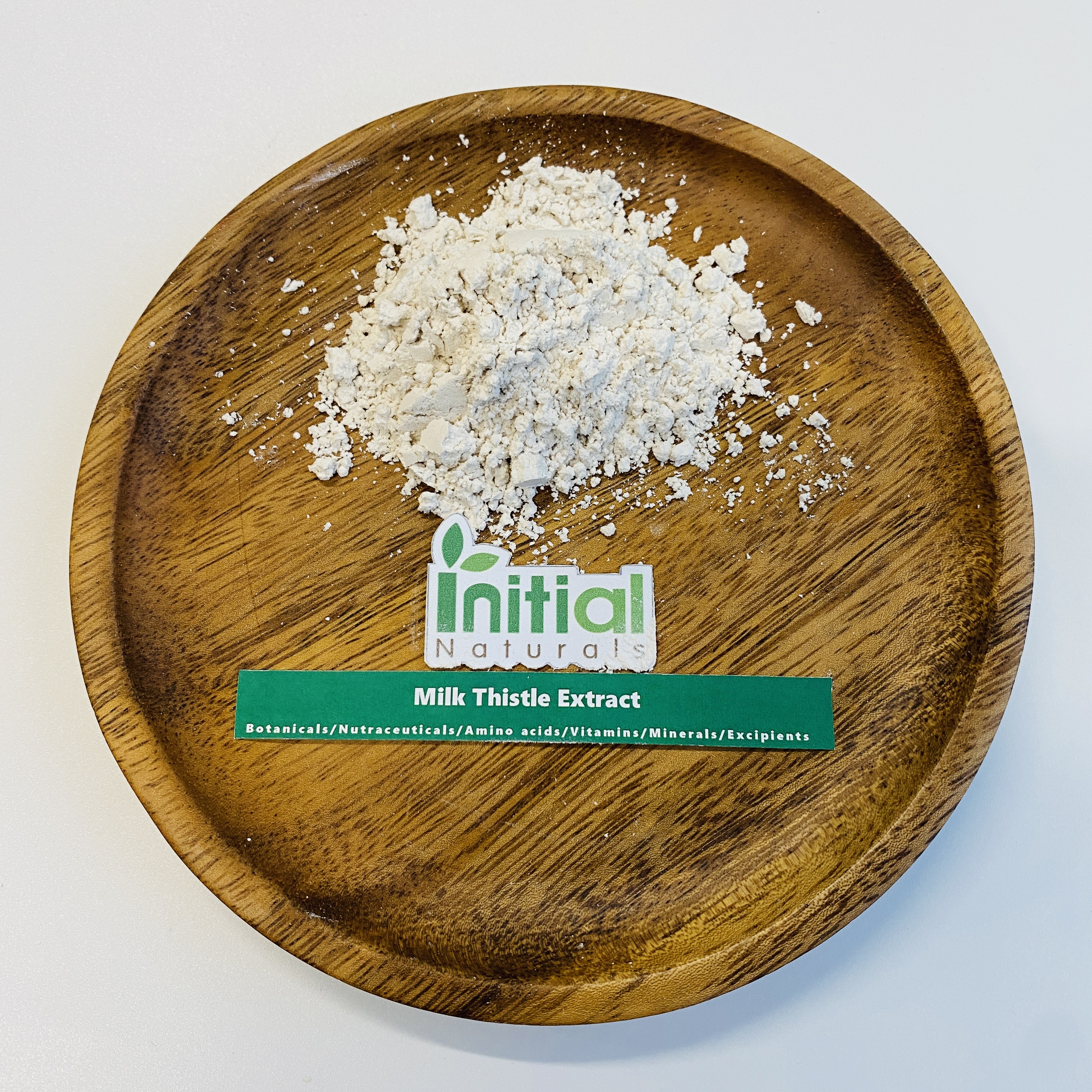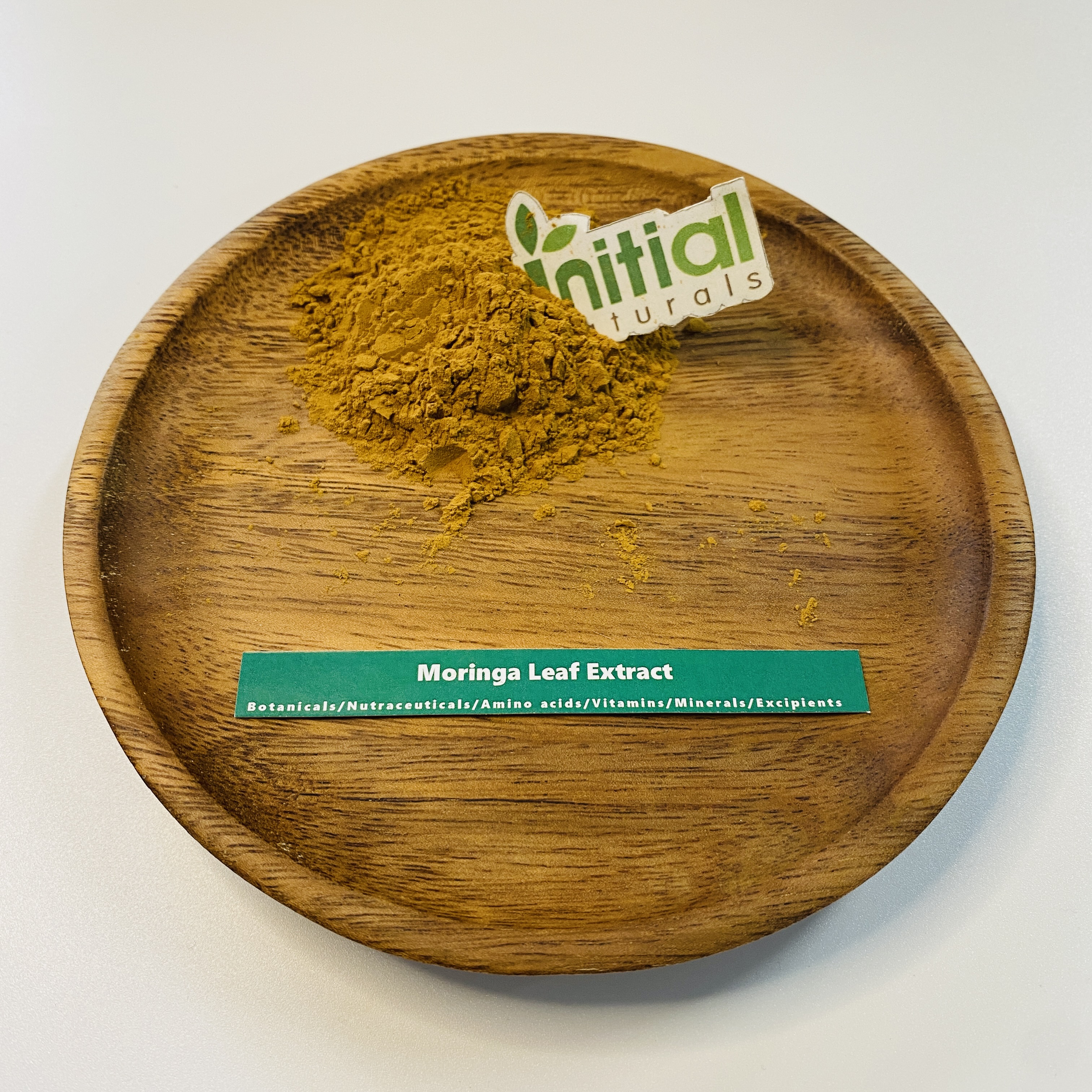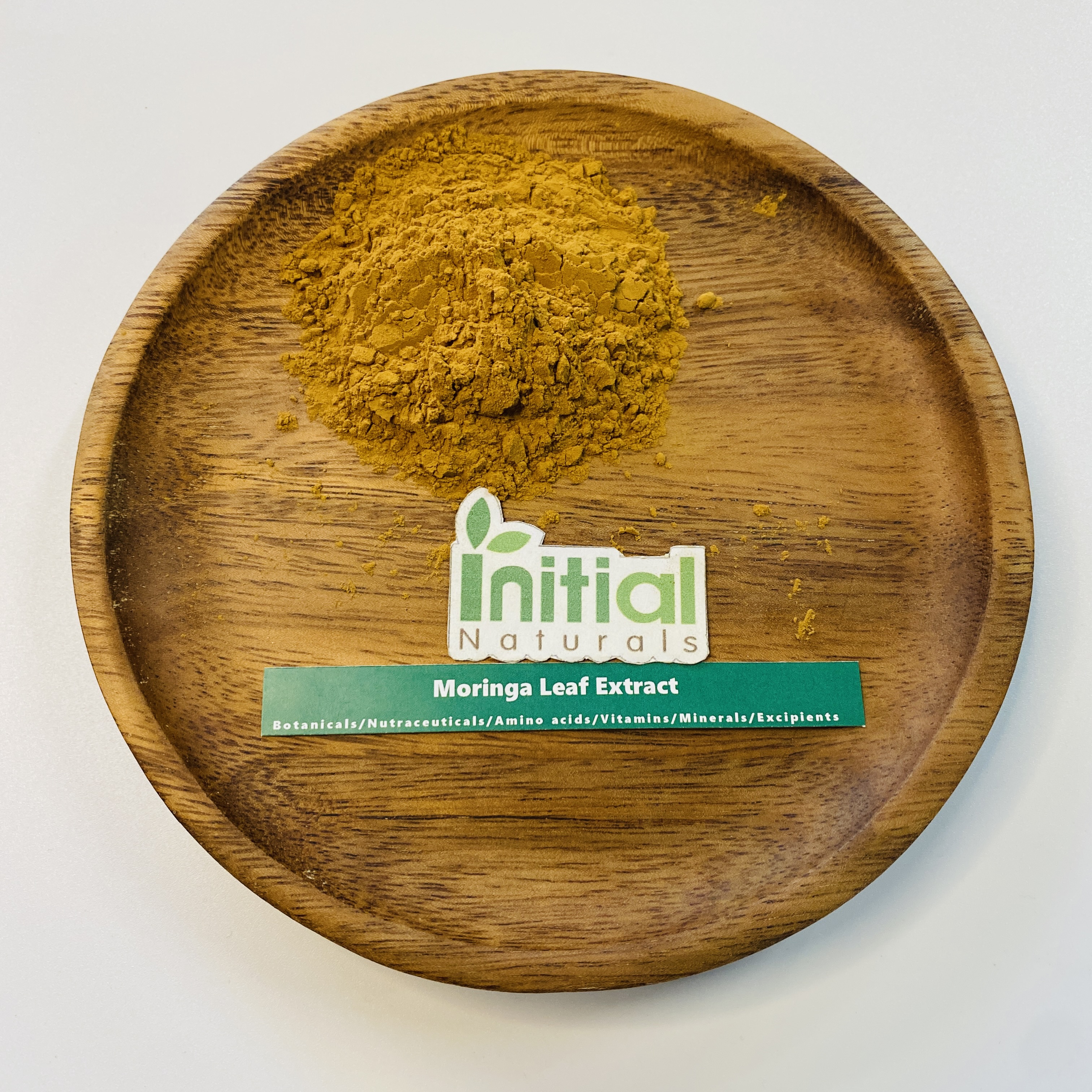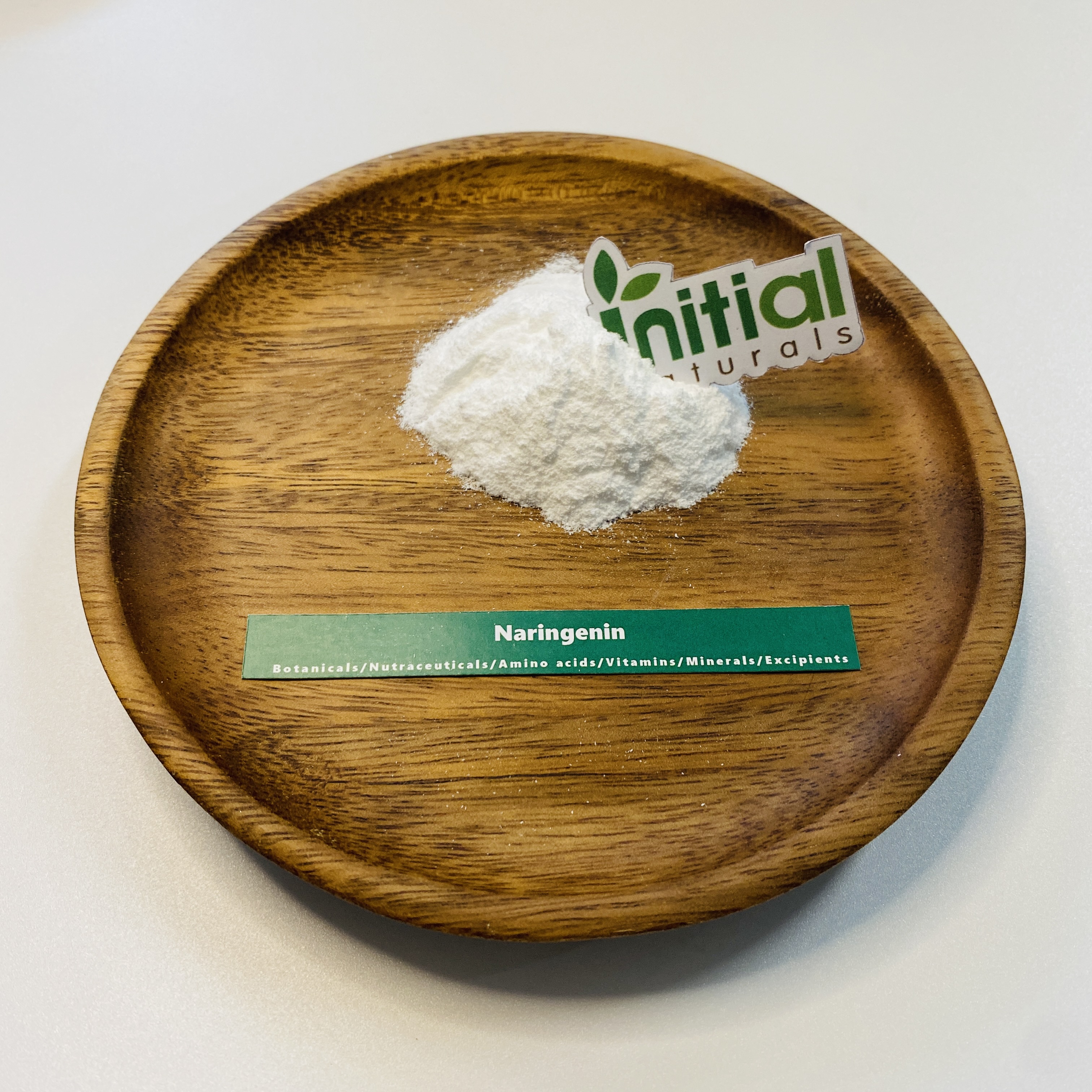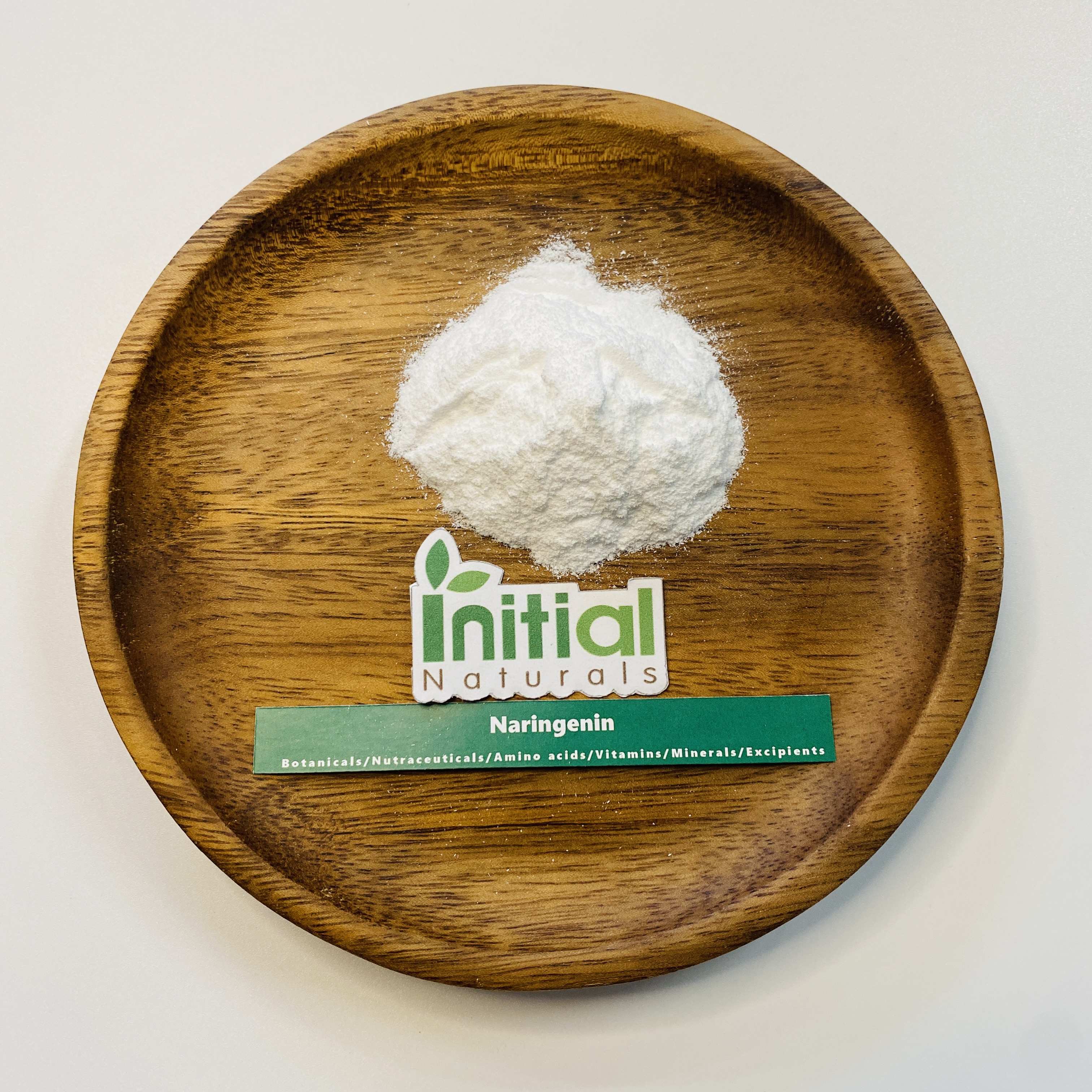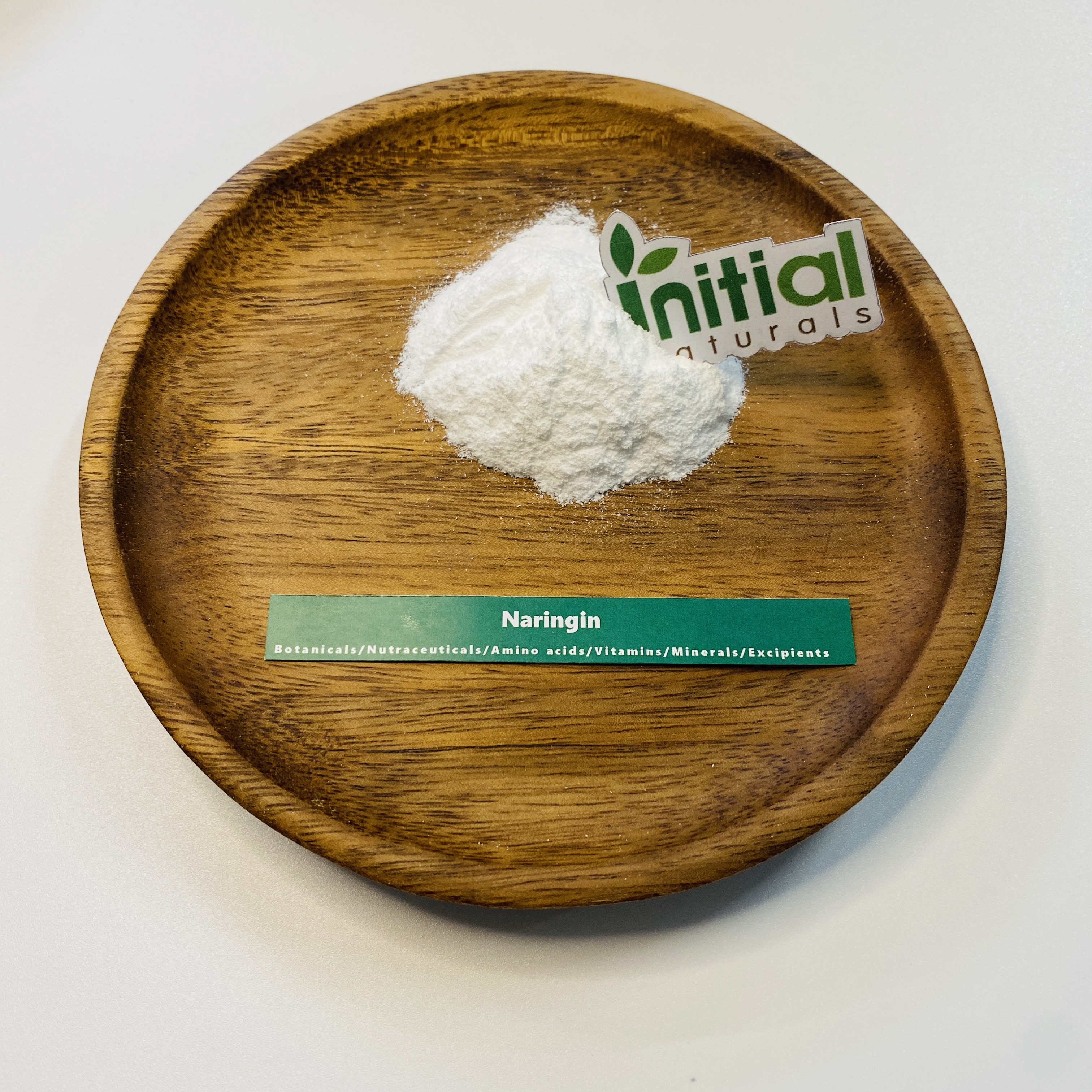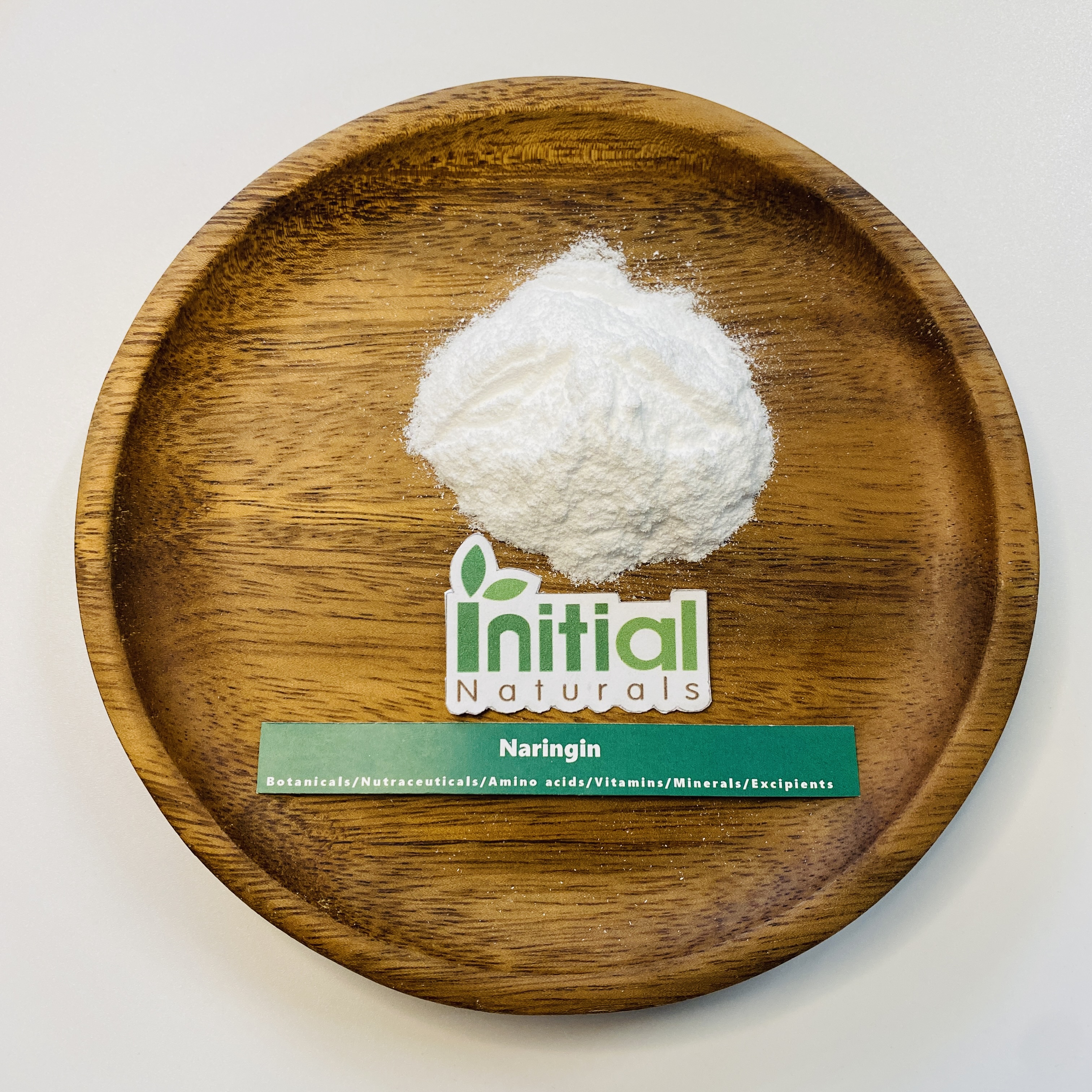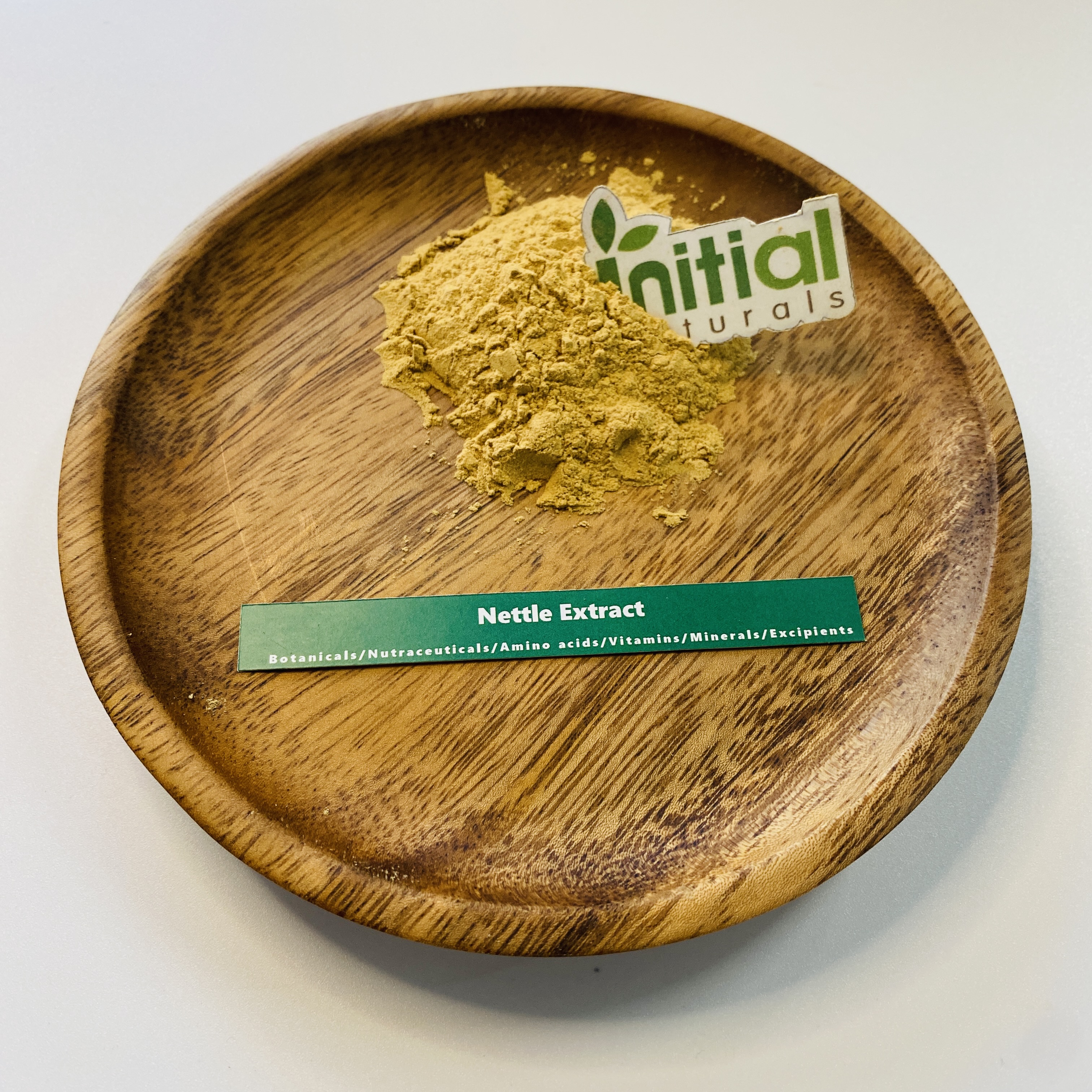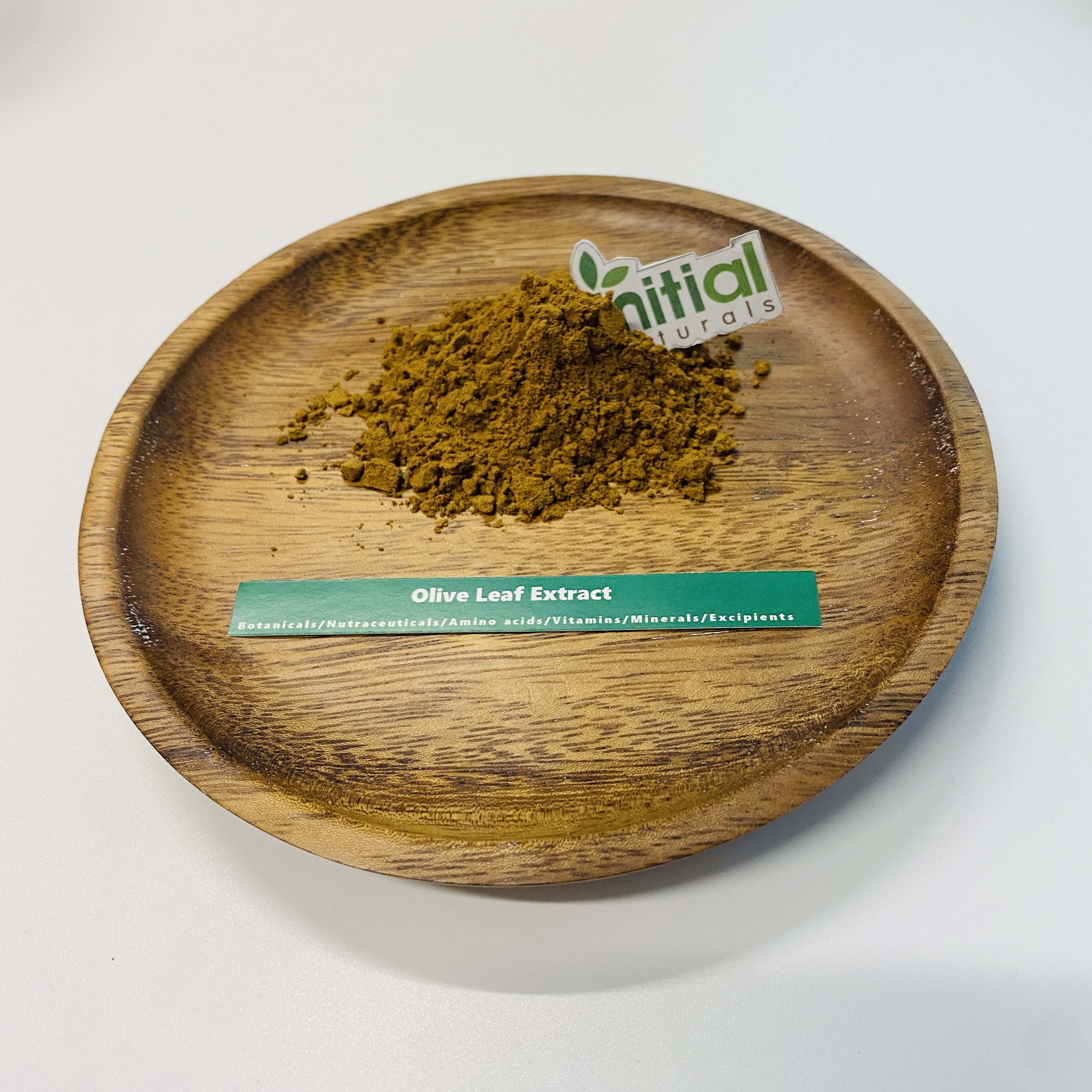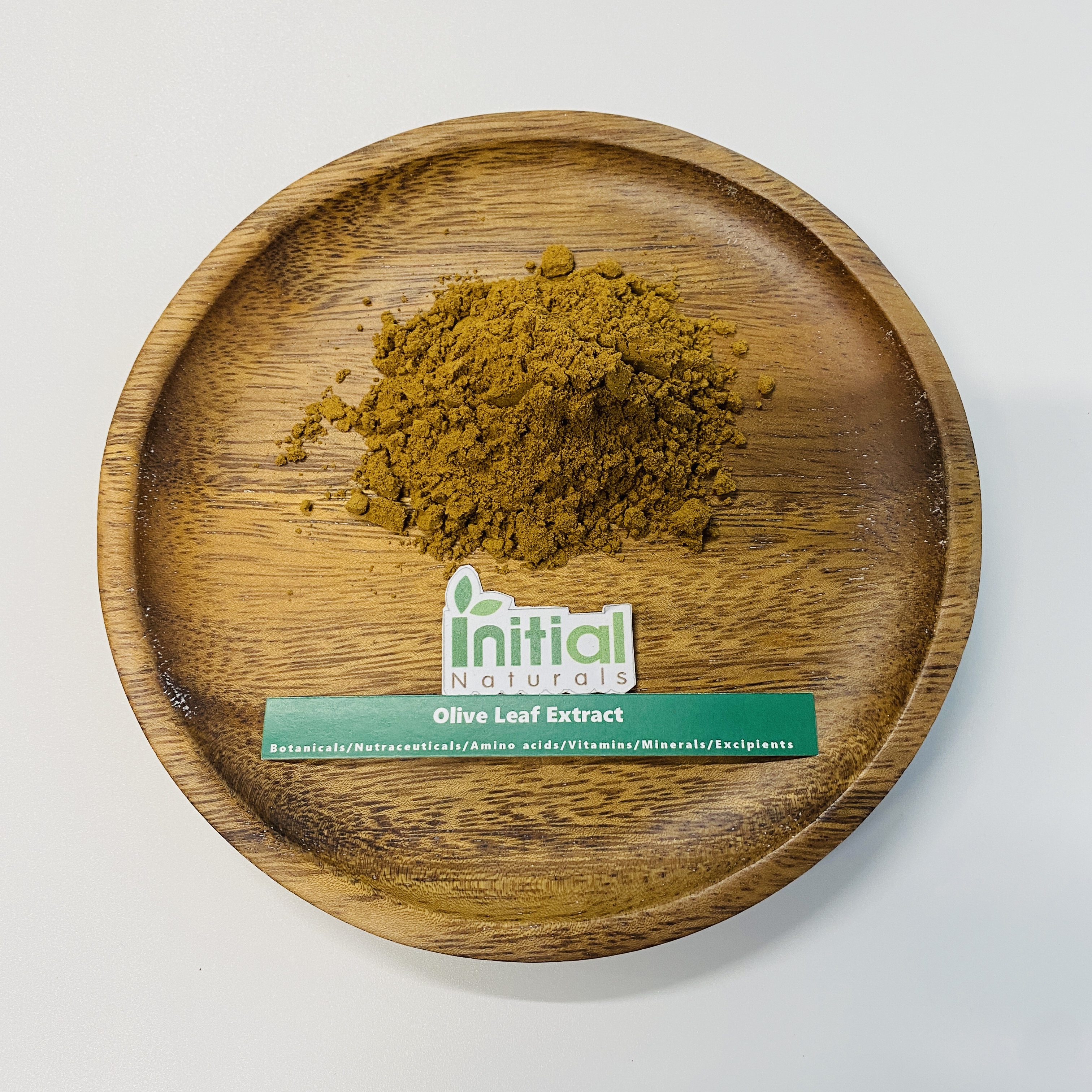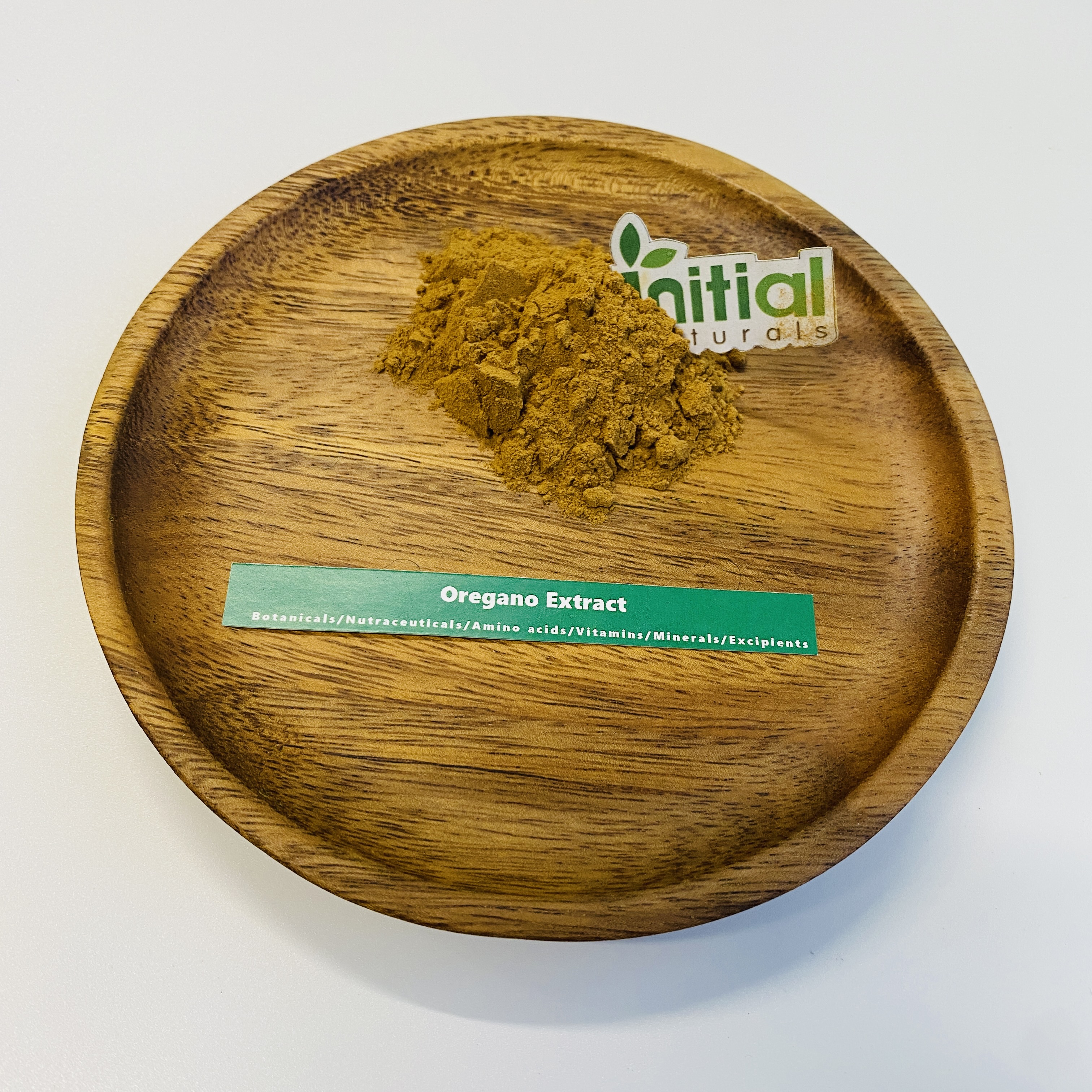Maitake has been used for its antiviral action and to treat diabetes, high blood pressure, cholesterol, and obesity. Maitake has been studied to a limited extent for treating cancer; however, the information available is not sufficient to recommend it for this use.
-


-


Mangosteen is one of the “strange fruits” sometimes confused with rambutan, which is a red spiky fruit. The mangosteen plant, or Garcinia mangostana, is a tropical tree from the Clusiaceae family, which is native to Southeast Asia. There are now mangosteen Hawaii growers also. A mangosteen tree produces tart yet sweet fruit that’s deep purple when ripe. The purple mangosteen, known simply as mangosteen, is a fruit easy to love with its sweet and tangy taste.
-


Matcha is a concentrated powdered form of green tea that has been used for centuries in China and Japan. In fact, the term “matcha” and its pronunciation (maa-chuh) are derived from Japanese words meaning “ground” and “tea.” Matcha is made from the leaves of the tea plant Camellia sinensis, an evergreen shrub of the Theaceae family. All tea comes from this plant, but the variations in color and taste are the result of differences in processing.
-


Melissa extract is a whole grass extract of the balm family plant, and the lemongrass oil is the active ingredient. Blood glucose tolerance and other functions. Moreover, it has been widely used in various industrial sectors such as medicine, perfume, cosmetics and food in many countries.
-


Milk thistle is a natural herb with antioxidant and anti-inflammatory properties. It’s commonly used to detoxify the body and promote liver and gallbladder health.
The milk thistle plant is a popular herb that has actually been used for over 2,000 years.
The plant is native to the Mediterranean region and a member of the Asteraceae plant family, which also includes other plants like sunflowers and daisies. -


Silibinin, also known as silybin, is the major active constituent of silymarin, a standardized extract of the milk thistle seeds, containing a mixture of flavonolignans consisting of silibinin, isosilibinin, silichristin, silidianin, and others. Silibinin itself is a mixture of two diastereomers, silybin A and silybin B, in approximately equimolar ratio. The mixture exhibits a number of pharmacological effects, particularly in the fatty liver, non-alcoholic fatty liver, non-alcoholic steatohepatitis, and there is great clinical evidence for the use of silibinin as a supportive element in alcoholic and Child–Pugh grade 'A' liver cirrhosis.
-


Moringa (moringa oleifera) is known by over 100 names in different languages around the world. This easy-to-grow tropical plant species, native to the Himalayan mountains and parts of India and Africa, comes packed with over 90 protective compounds, including isothiocyanates, flavonoids and phenolic acids.
-


Naringenin is a flavorless, colorless flavanone, a type of flavonoid. It is the predominant flavanone in grapefruit, and is found in a variety of fruits and herbs.Naringenin is derived from the core and shell of the fruit of the sumac tree (Amacardi-um occidentale L.).Rosaceae Prunus yedoensis Mats. Buds, plum P. Mumesiebet Zucc.Flower buds.It is white fine powder, mainly used in medicine and food field.
-


Naringin is mainly derived from the fruit of Citrus Grandis, Citrus Paradisi, orange, and the peel and pulp of grapefruit are neutral, and the shape is light yellow powder or white powder, which belongs to flavonoids.
-


Nettle is a plant in the Urticaceae family that is more commonly known as Urtica dioica, or stinging nettle. This plant is native to Eurasia and has also been found growing on the North American continent in the wilderness. Stinging nettle is a perennial plant that grows in large patches and prefers rich, moist soil. Its leaves are serrated and heart-shaped with stems that are covered in prickly hairs that, if came into contact with, can cause painful stinging on the skin.
-


Olive leaf extract comes from the leaves of the olive tree, called Olea europaea. The olive tree is part of the Oleaceae family, which also includes species such as lilacs, jasmine, Forsythia and the true ash trees. It’s an evergreen tea or shrub that’s native to Asia, Africa and the Mediterranean. Researchers believe that the olive tree had its origin approximately 6,000–7,000 years ago in the region corresponding to ancient Persia and Mesopotamia.
-


Oregano is an important culinary herb, used for the flavor of its leaves, which can often be more flavourful when dried than fresh. It has an aromatic, warm and slightly bitter taste, which can vary in intensity.



